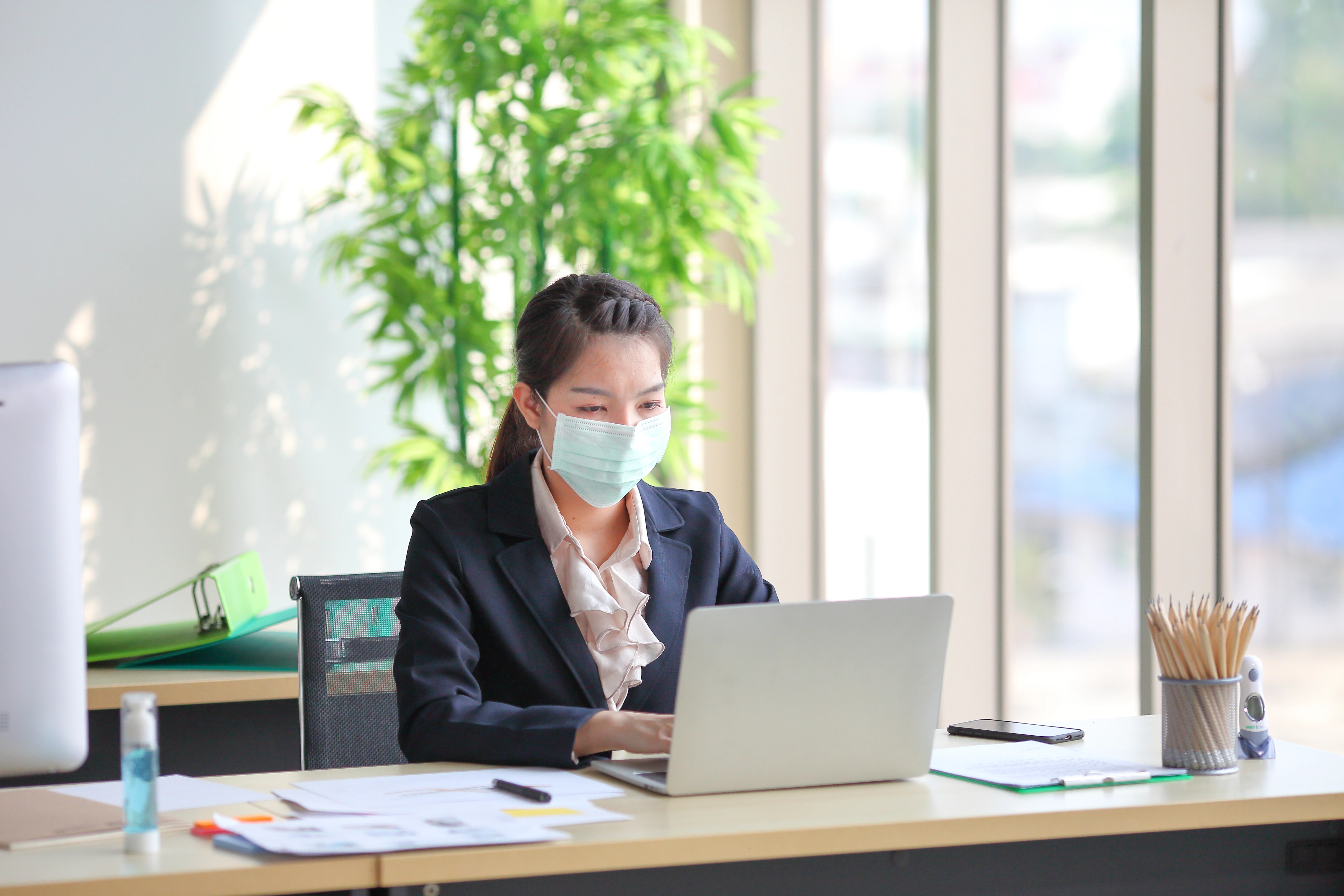
Partner Article
11 practical tips to tempt employees back into the office – and keep them safe
*By Phil Oram, Regional Director, Crown Workspace * Britain’s beaches and parks may be filling up as the lockdown eases - but getting workers back into the office is still a significant challenge for many employers.
Businesses across the country are debating when is the right time to ask staff to return to the workspace, and what should be done in the meantime to make the prospect more palatable.
What many are realising is that following government guidelines can only take you so far. The real conundrum is how to address the anxieties of employees and give them confidence that coming back to work will be safe.
Bringing back employees on a rota system, so that not all are in the workspace at the same time, is proving popular with many businesses, gently easing employees into a new way of working.
Others are taking out desks to create space, removing hotdesks and introducing sanitiser stations to give staff a sense of security.
Whether the pandemic will lead to permanent changes in the office environment, and even in workplace design, as health and cleanliness takes a higher priority, is already being debated.
However, the key for now is to make immediate changes which will entice people back to work.
Here are 11 practical tips that businesses can use right now to be safe – and encourage workers back into the office:
1 Install new building signage – floor markings, social distancing signs and posters about washing hands can all give employees a sense of reassurance that something has changed.
2 Install hygiene screens – by creating a barrier between workstations, designed to catch germs and prevent them spreading, employees can return to work with greater confidence.
3 Look at space plans to reduce hotdesking and increase fixed positions – despite spending the last ten years persuading employees to embrace hotdesking, many companies are having to backtrack. Employees will not want to sit at a desk that has been used by other people during the day.
4 Reduce the canteen and welfare facilities where crowding could take place ¬¬– bowls of fruit in communal areas and staff buffets are going to have to go. Anywhere where there could be a high volume of people in one place is going to make employees fearful.
5 Encourage people to use stairs rather than lifts and escalators if they can – these are areas where overcrowding could occur. Encourage staff to leave the lifts for those who really need them - and lower the number of people they can carry at one time.
6 Introduce hand sanitiser stations – these should be installed not only in foyers and entrance halls but across the office.
7 Increase the cleaning regime - cleaning regimes will have to change to suit the new normal. Big organisations may well go back to having cleaners working throughout the day. Smaller businesses will need well organised rotas, with visible tick charts in place to prove that areas have been cleaned. This can also increase confidence for employees.
8 Reduce the amount of furniture on site to cut down footfall ¬– by removing desks and creating space, social distancing becomes more feasible. At Tesco’s head office, for instance, they are removing every other desk – and physically changing the footprint of the workspace. Employees know they can stay safe because desks have been taken out of use.
9 Reconfigure the furniture that you do keep – clusters of desks close together will no longer be possible. Re-arrange furniture so that people are not walking close to desks - or consider utilising smaller desks.
10 Ensure those who are working at home are doing so safely and comfortably - especially if they are going to be asked to do so long-term. Arrange for ergonomic desks and chairs to be sent to them; it is the responsibility of the employer to look after their wellbeing in working hours.
11 Consider who is the right person to take charge of ensuring the office is clean and safe - and ensure they are properly trained. This may be the Facility Director or Head of Estate. In an SME it may be the Office Manager. They should work together with HR and Compliance to ensure communication of safety rules is strong – and that rules are adhered to.
This was posted in Bdaily's Members' News section by Crown Workspace .
Enjoy the read? Get Bdaily delivered.
Sign up to receive our popular morning London email for free.








 Navigating the property investment market
Navigating the property investment market
 Have stock markets peaked? Tune out the noise
Have stock markets peaked? Tune out the noise
 Will the Employment Rights Bill cost too much?
Will the Employment Rights Bill cost too much?
 A game-changing move for digital-first innovators
A game-changing move for digital-first innovators
 Confidence the missing ingredient for growth
Confidence the missing ingredient for growth
 Global event supercharges North East screen sector
Global event supercharges North East screen sector
 Is construction critical to Government growth plan?
Is construction critical to Government growth plan?
 Manufacturing needs context, not more software
Manufacturing needs context, not more software
 Harnessing AI and delivering social value
Harnessing AI and delivering social value
 Unlocking the North East’s collective potential
Unlocking the North East’s collective potential
 How specialist support can help your scale-up journey
How specialist support can help your scale-up journey
 The changing shape of the rental landscape
The changing shape of the rental landscape